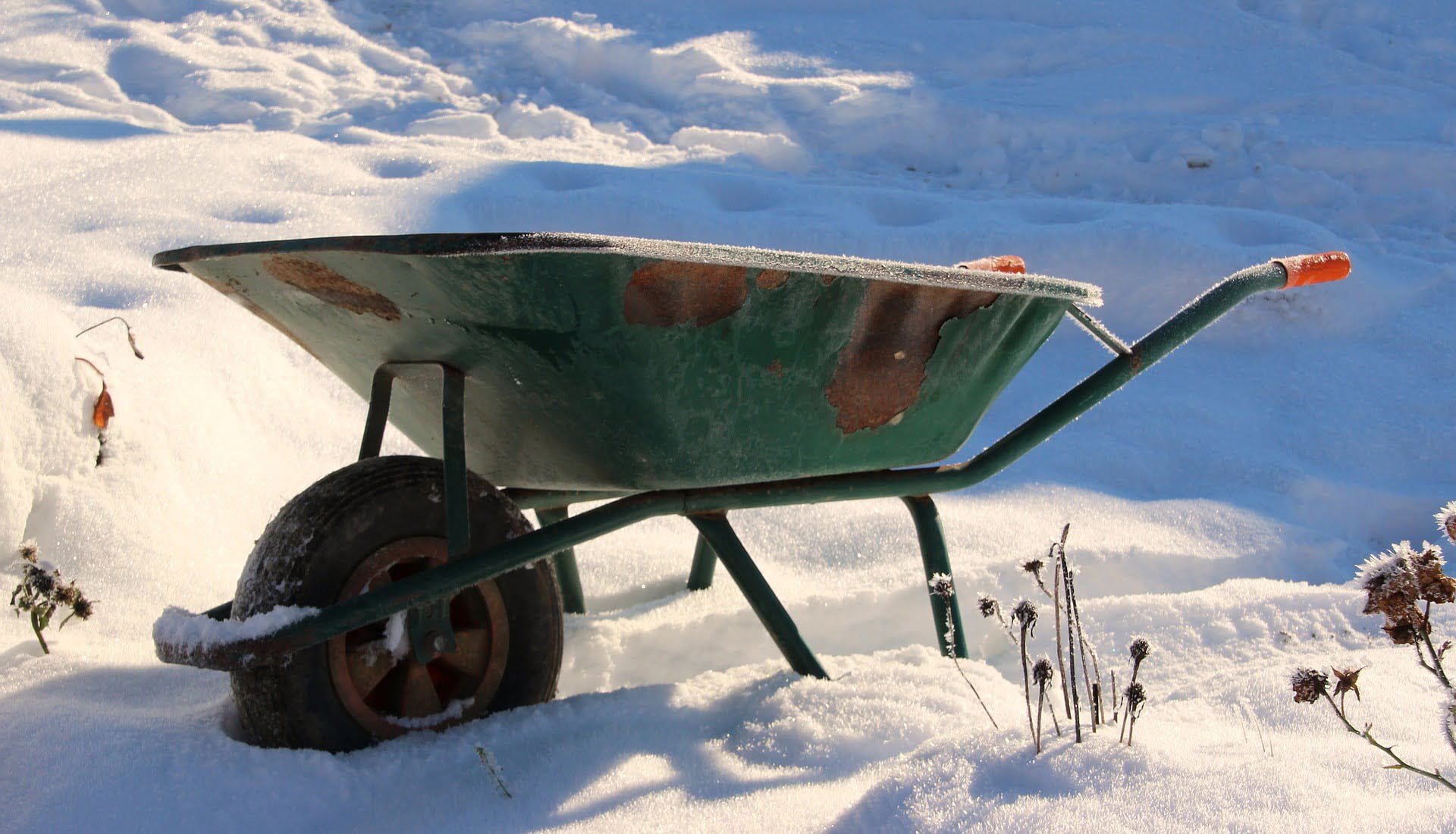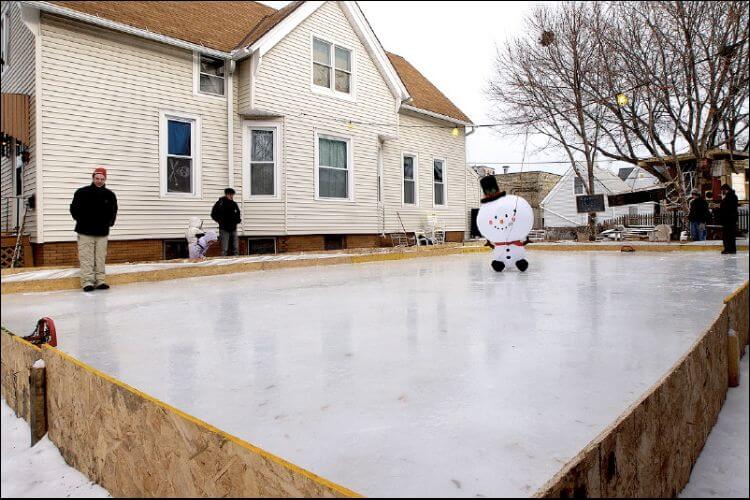Watering your garden should be a daily task. However, watering your garden can be a tedious and time consuming chore. Especially if you do not have a drip irrigation or automatic sprinkler system set up. Without those convenient and automatic watering methods, your best bet is to water your garden by hand. This is usually accomplished with a garden hose. A problem that often arises with watering a garden with a garden hose, is discovering a lack of water pressure. Without good and strong water pressure it may be difficult, if not impossible, to adequately water your whole garden. If you increase water pressure it will eliminate much of the time and energy that is required to hand water a garden or lawn. This article will outline some easy ways you can increase water pressure, and some deeper fixes to get your water pressure to maximum efficiency.
Easy Fixes to Increase Water Pressure
When you discover your garden hose does not have adequate pressure for your needs, you may want to start panicking. Without strong water pressure, it may be difficult to water the plants that are far away from the hose. You may also find that it takes longer than normal to get enough water to your plants to sustain them. The good news is you don’t need to panic. Many of the solutions for low water pressure are easy and cheap to fix. So if your garden hose has been gradually losing water pressure over time, it is most likely one of these easy fixes.
Is the Water Turned On?
This is a simple and sometimes silly question: Did you double check that your water is turned on? If you are chuckling to yourself at the bizarreness of this solution, that’s okay. Sometimes the easiest solutions are the ones that are often overlooked. Check that your faucet is turned completely on and that the connection is secure. If your garden hose is not securely fastened to the faucet it may be causing water to spray out around the faucet, leading to lower pressure. Once you are sure your faucet is completely turned on and that the connection is secure, your next step is to check the water valve (near your meter or outdoor spigot) and see if it is set to high. If it is not, change the valve to high and turn on your hose to test for an increase in water pressure. These are all easy and free fixes!
Check Your Garden Hose for Damage
Check the garden hose itself and see if that is your problem. When garden hoses are not properly stored, they can be damaged by garden tools or from the heat of the sun. This damage can create a stiff hose that will most likely have permanent kinks or knots in the hose. If the water cannot flow freely it will dampen your water pressure. Another common problem found in garden hoses are holes. If you have any holes or leaks in your garden hose it will cause a reduction in water pressure. Simply turn on your hose and run your hands over the length of the hose to check for leaks or holes. You can patch small holes, but if you have large leaks or lots of holes you may want to invest in a new hose.
Consider a Bigger Garden Hose
If you have thoroughly inspected your hose and can find no damage, than your solution may lie in the size of your garden hose. Increasing the size of your garden hose may help to increase water pressure. According to the Aubuchon Hardware website, a garden hose that is half an inch in diameter can deliver up to 9 gallons of water per minute. In comparison, a garden hose that is three-quarter-inch in diameter can deliver up to 23 gallons of water per minute. Just a quarter inch increase nearly triples the water output. Investing in a larger hose is a simple and cheap way to increase water pressure in your hose.
More In-Depth Fixes to Increase Water Pressure
If you have tried the list of quick and easy fixes and you still haven’t seen an increase in water pressure there are some deeper fixes you can try. Although, some of these fixes may have a steeper price tag attached, they are still quick ways to remedy low water pressure.
Check for Clogged Pipes
One of the most common causes of weak water pressure are clogged pipes. If you haven’t cleaned or replaced your pipes in a while, there is a good chance that this is the cause of your weak water pressure. If pipes go unmaintained rust particles and other loose pipe materials can build up and clog your pipes. A good sign that your pipes are clogged is if there is a sudden dip in pressure. If you do not see an increase in water pressure after cleaning out your pipes, you may want to replace them. While this is a costly fix, it will increase water pressure in both your home and your garden.
Use a Water Pressure Gauge and Regulator
If you have turned on your water, checked your garden hose, and cleaned your pipes and still don’t have good water pressure, you may want to check your water pressure at the source. You can use a water pressure gauge and a water pressure regulator to see what kind of water pressure you are working with. First, turn off all water and water using appliances in your house. Next, attach a water pressure gage to the front faucet, or where the water comes into the house. Turn on the faucet on full blast and check the water pressure. You want your pressure to be between 50-75 PSI. You can adjust the pressure up or down with the pressure regulator. After adjusting the regulator, run a few gallons of water through the faucet before testing with a water pressure gauge again.
Invest in a Water Pressure Booster
If you cannot get your water pressure into the optimal range, you may want to invest in a pressure booster. A water pressure booster is designed to drastically increase water pressure. It is the most efficient way to increase water pressure quickly. However, it can be pretty pricey. You can find good water pressure boosters for around $300. If the water pressure throughout your entire house is looking for an increase, that may require a bigger booster which could be even more expensive. However, if you are only looking to increase water pressure in your garden hose, there are less expensive alternatives. You could buy a pressure washing attachment for your garden hose instead. This is much more cost effective, and just as helpful for increasing water pressure in your garden hose.
In Conclusion
Getting the perfect water pressure in your garden hose can be tricky, but it is very helpful. Good and strong water pressure outside will give you the quickest and most effective use of your garden hose.
Related Article: Best Garden Hose: The Top 10 Reviewed and Our Favorite










Pressure is inversely proportional to volume. If you increase the diameter of your hose, you will decrease water pressure.